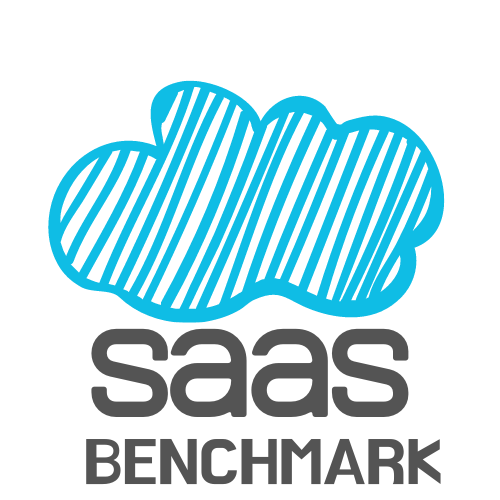What are Deferred Revenue and Unbilled Revenue?
Deferred Revenue and Unbilled Revenue are two concepts that arise with accrual accounting. Cash-basis accounting doesn’t use these accounts.
But since most stakeholders (e.g., banks, VCs, and the IRS if your receipts are big enough) want to see accrual-basis financial statements at some point, these two concepts are important to understand.
As a refresher, cash-basis accounting records a transaction (e.g., sale, expense, etc.) when cash is received or paid. Accrual-basis accounting records a transaction in the period where the transaction occurs, regardless of whether cash has been exchanged. (When people talk about “GAAP” they are talking about accrual accounting.)
Each of these accounts has alternative names. Deferred Revenue is also called Unearned Revenue or Contract Liability. Unbilled Revenue is also called Accrued Revenue or Contract Asset.
Deferred Revenue
Deferred Revenue results when invoicing exceeds the revenue you have recognized on a contract. That’s why it doesn’t exist in cash-basis accounting, where revenue and cash collection are the same.
Deferred Revenue is not related to cash collection or bookings in any way. It is purely the result of a timing difference between the revenue earned by providing a product/service and invoicing for it.
Deferred Revenue is a liability on the Balance Sheet. It represents a future obligation. Performance of this obligation leads to recognition of revenue and the reduction of the liability.
Most SaaS companies send invoices in advance of providing their service (e.g., you invoice for an entire year). Thus, most SaaS companies will have Deferred Revenue.
In addition, growing companies will never retire their Deferred Revenue balance. If you add more customers than you churn and you bill them in advance, your billings will always exceed your revenue. This account (and the related liability on your Balance Sheet) will continue to grow.
However, unlike AP or debt, Deferred Revenue is a non-cash liability. It’s satisfied by continuing normal company operations.
A final point: SaaS Capital notes that Buyers of SaaS companies traditionally subtract Deferred Revenue from the purchase price. Buyers argue it represents cash that was already collected. Seller counter-arguments about the non-cash nature of the liability haven’t gained traction.
Unbilled Revenue
Unbilled Revenue results when recognized revenue exceeds billings. It is more common with professional services (e.g., consulting, implementation, etc.) than pure SaaS. Often the customer is billed after services have been performed.
Unbilled Revenue is an asset on the Balance Sheet. Sending an invoice moves the transaction from Unbilled Revenue into Accounts Receivable.
Only record earned amounts as Unbilled Revenue. The amount of revenue at a point in time can be different than what will be included on the next invoice.
Finally, you can have both Unbilled Revenue and Deferred Revenue on your Balance Sheet. These amounts are calculated at the contract level. They are not netted together at the Balance Sheet level.
Example
You are a SaaS company. You agree to provide your software to Customer A for 1 year for $12,000 starting on January 1.
Scenario A: you invoice $12,000 on Jan 1.
You now have $12,000 of Deferred Revenue since you have not done any work yet. More likely, you will recognize $11,000 of Deferred Revenue on your Balance Sheet at the end of January since most financial statements are prepared at month-end. By that time you’d have earned one month’s revenue and reduced the deferred balance by $1,000 (or 1/12 of the contract amount — we are ignoring the daily recognition of revenue for this example).
Scenario B: you invoice on the last day of each quarter.
Your invoices will be for $3,000 each. However, at the end of January, you have Unbilled Revenue of $1,000. At the end of February, there is $2,000 Unbilled. On March 31 you send an invoice. Unbilled is Zero and AR is $3,000.
Remember, at the end of January your Unbilled is $1,000 NOT $3,000 — the revenue you have earned to date. It is not related to the amount of your next invoice.







